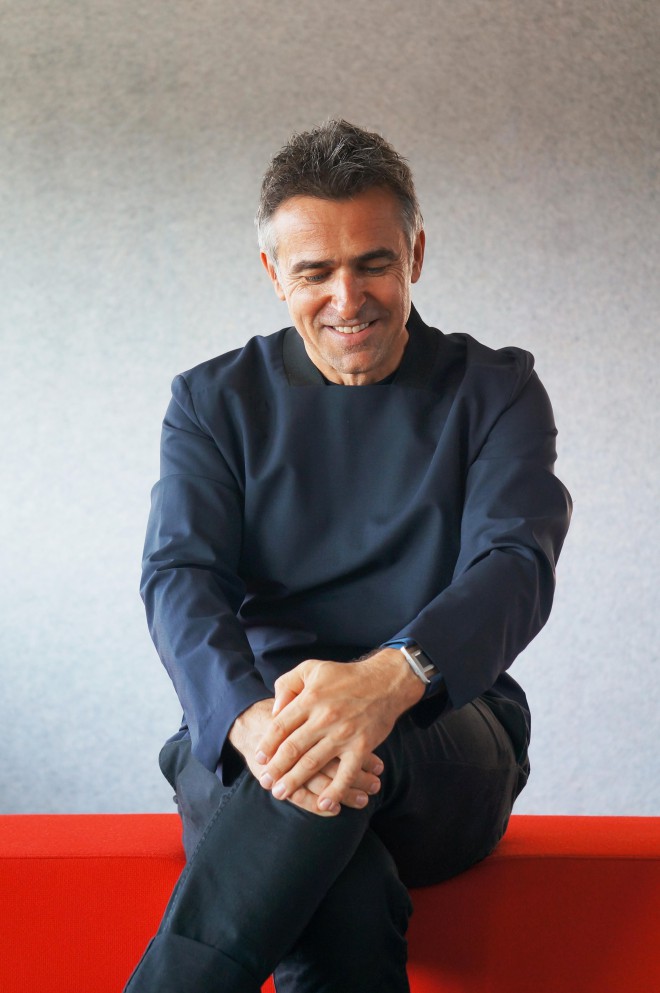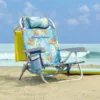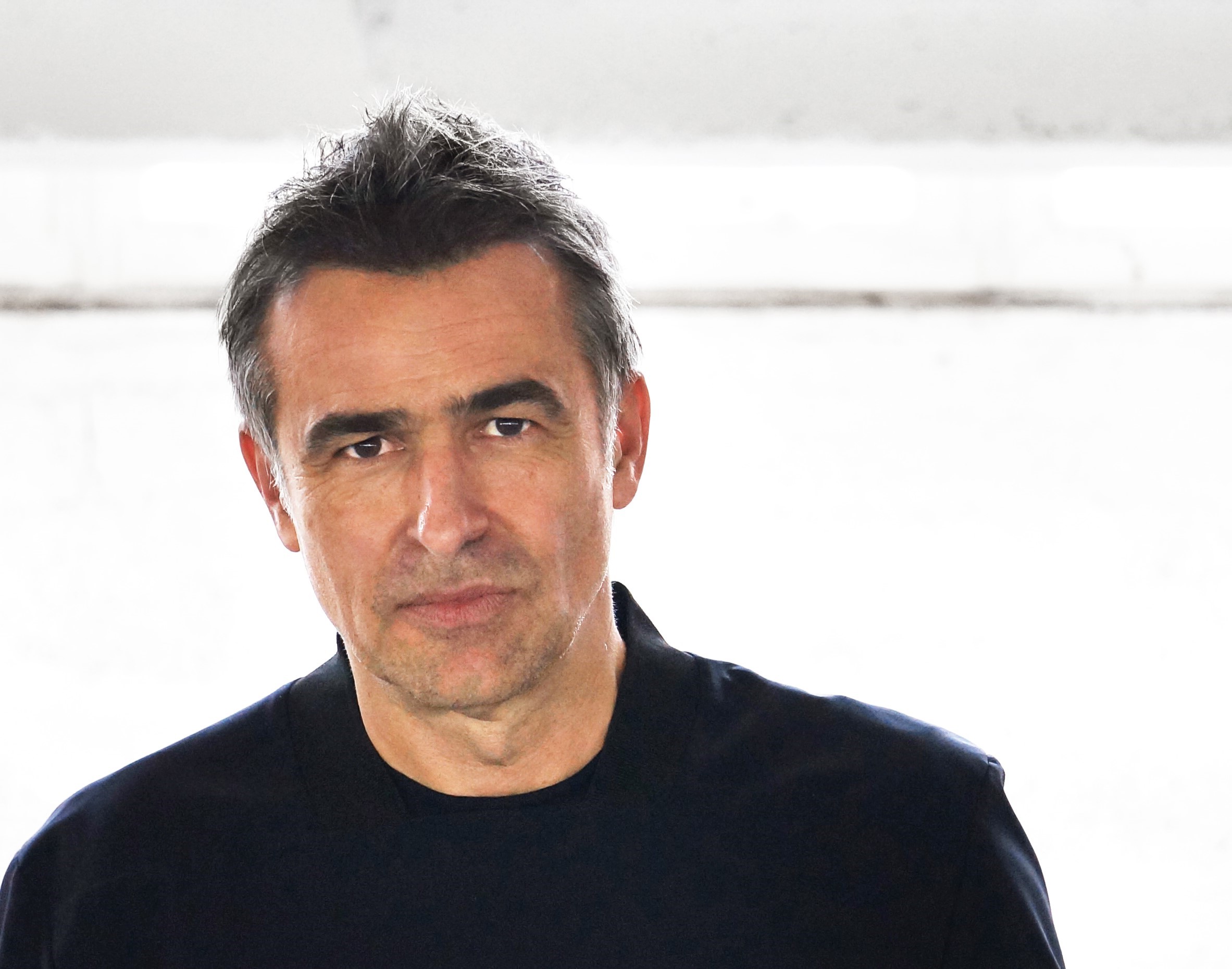Primož Jeza is an architect, assistant professor at the Academy of Fine Arts and Design, Department of Industrial Design, and lecturer at the Faculty of Architecture. To date, he has created more than 50 projects in the field of architecture and interior design and has prepared scenography for more than 40 promotional and short films. His works have been exhibited at numerous solo and group exhibitions around the world (Ljubljana, Moscow, Belgrade, Lisbon, Paris, London...), and in 2008 he also published a book entitled Interior Primož Jeza/9+1, where presented the 10 most popular projects in the field of interior design of public spaces. Today, his design for the Nico Less chair is among the eight finalists from across Europe in the DesignEuropa award competition organized by the European Union Intellectual Property Office (EUIPO). The award winners will be announced at a ceremony on November 27 in Warsaw, and we are keeping our fingers crossed that Primož and the company Donar will take home the glittering award. We had a short conversation with Primož, and we admit that he really impressed us with his thinking.
First of all, sincere congratulations for being a finalist among the eight best from all over the EU in the DesignEuropa competition. Of course, this is far from the first award for your work or recognition for your talent, and more on that later. What could you tell us about the Nico Less chair, a nominee in the DesignEuropa small and start-up category, that you might not have told anyone else?
Thank you for the congratulations. I don't know if we have already confided this to the media, but the chair was made at the very end of the work process, as an addition to two other chairs. We spent the least amount of time on it. Namely, Nico Less is a reduction of the Nico chair in terms of material, form, but not functionality. We have improved the latter with a "sled" type base.
It is important to emphasize that the chair also has a socially responsible message and is made with the future in mind. You designed it in 2015. Would you design it differently today?
No. It would be designed exactly the same today.
You already have more than 50 projects and designs in the field of architecture and interior design, more than 40 scenographies for promotional and short films. Where does your inexhaustible source of inspiration come from? What inspires you the most?
I am still most inspired by the zeitgeist in which we live. Everyday achievements of science, e.g. new findings of genetics, new technologies, motivate my usual working day. In the studio, we often start the day with a conversation or watching video content: what someone invented, made, staged... Even otherwise, we initially look at the things we design a bit more broadly, sociologically. We're fine with creating things that try to be non-trendy, but that doesn't mean they're not in the zeitgeist. We see design as socially responsible work. We are not close to correctness, conservative thinking and distance from experiment. We are always looking for new and better solutions, which are much easier to implement in the field of product design than in architecture. At the moment, the latter is in a strange heyday of correctness. No experiments, no real visions, only proven solutions. Imagine if surgeons were still using the same techniques as they were 100+ years ago. Being an architect means, among other things, being a researcher who is able to look forward, appreciate the achievements of the past and be aware of the present moment.

Your work is undoubtedly recognized, it is worth mentioning the student Plečnik award, the recognition of the rector of the University of Ljubljana for your artistic achievements and achievements in architecture, the Nico Less chair also won the Red Dot Award: Product Design 2016. Which of your projects are you most proud of? proud in which you left the most soul?
You probably never forget your first project. In my case, it was the Orto bar. Later, they added a floor and a room next to it to the interior, but I did not participate in that. After 24 years, the original part of the Orto bar is practically the same as it was when it was opened. This is a sign that the investors knew what they wanted, and I knew how I would design and realize it. Otherwise, it is really difficult to evaluate which project you put the most soul into.
We are sure that many people do not know that you also had your own band in high school and released as many as 3 albums. Maybe you wanted a career in music first?
I started my first band in the seventh grade of primary school. As a high school student, I really enjoyed working with my band The Sfinkter. It was an electro dark duo. The last album or I recorded the project while still in high school as a member of Marko Breclj's band. I also went on a short tour of Yugoslavia with him, which was an unforgettable experience. As the former frontman of the band Buldožerjev, Brecelj was a big star in those parts, and we were treated accordingly. Then, at the age of eighteen, I was drafted into the army. Since then, I've been out of music, and to be honest, a career in music would have bored me. The fact that I had the opportunity to grow up making music is priceless for me from today's point of view.
So architecture turned out to be true love. Music is probably still strongly present? After all, the legendary Orto bar is also yours. Coincidence?
Music will always be there, but in a different way. Architecture or the profession of an architect allows you a wide range of creativity, which is basically ideal for people who do not have or they don't want to have one focus. I myself still tackle projects integrally and use the same way of structuring and composition in design as I do in creating music.
That's probably why I liked the design of the Orto bar or, for example, Club Propaganda easier than someone who was not so involved in music.
What is going on in your head at the moment, is there a new project coming up?
We are currently developing several projects in the studio. From the interior of an office building, a family villa, mobile living units, a two-seater... These are projects that are completely different in scale, function and scale. And it is precisely this variety that gives us special pleasure.
The Lifetime Achievement Award at the EuropaDesign Awards will be presented to Hartmut Esslinger, a German industrial designer whose global career has spanned five decades. How well do you know him, is he perhaps your inspiration, and what has impressed or excites you most about him?
I only know him for his works, which are extremely artistically refined, functional and at the same time full of emotions. A perfect designer who has not yet said the last word. His products are design icons and probably inspire everyone who has an affinity for design.
What would you say to young architects and designers who want to succeed?
Let them not wish for success, but for fine projects.
Nico Less chair

The Nico Less chair is simple, but a unique chair made of recycled felt (70 percent of the felt comes from recycled bottles). Using a combination of heat and pressure, they achieved the shape of a comfortable chair, which does adapts to the shape of the human body. The chair can be easily combined with different colors and is also easy to store, as the chairs can be stacked on top of each other.
The chair was created as a tribute to the famous industrial designer Niko Kralj and is thus a key product of the Slovenian company Donor, which is perfectly anchored in the office and home furniture market. The small company emphasizes the ergonomic quality of its products, and more than two-thirds of its stock is exported abroad.
Awards Committee DesignEurope appreciates the attention that went into socially responsible and sustainable design and creating a product that is easy to use but has a distinctive personality.
Design: Primož Jeza Studio: Primož Jeza, collaborators: Diana Savković, Dušan Sekulić
Manufacturer: Donar, doo
More information:
primozjeza.com
donar.si
euipo.europa.eu






